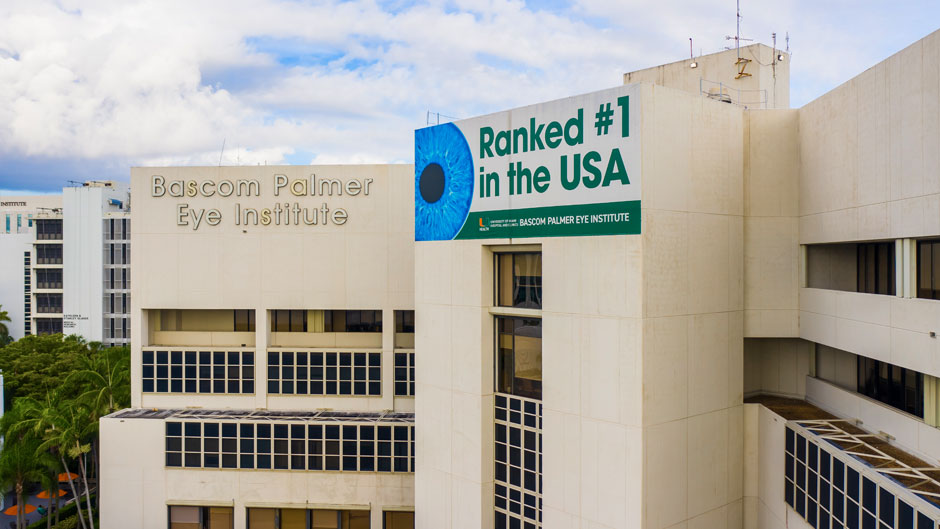
Sunil Rao, Ph.D., a biostatistician and co-director of the CTSI’s Biostatistics, Epidemiology and Research Design Program. Swaminathan met a mentor and collaborator in J. Through the Miami Clinical and Translational Science Institute (CTSI), Dr. For patients who are fast progressors, quicker identification translates to closer surveillance and more aggressive management. “If I’m meeting a patient for the first time who has had three prior tests, population-level data can help guide my estimate of the rate of change for this patient,” he said. It’s one of our greatest strengths.” Improving Accuracy of Rates of PredictionĪpplying statistical techniques such as linear mixed modeling can help improve the accuracy of rates of prediction while also identifying patients who have rapidly advancing disease, Dr. “A major concern with data sets that are used for ‘big data’ research is a lack of patient diversity, but we are fortunate to have large African American, Afro-Caribbean, and Latin American communities in South Florida. “As a premier academic ophthalmic center, Bascom Palmer has one of the largest electronic health record databases in the country,” Dr. Population-level data from this database will aid in improving the predictions of rates of disease progression. Swaminathan and his research team are creating the Bascom Palmer Glaucoma Repository, a database with the clinical and imaging data of more than 70,000 glaucoma patients seen at the Bascom Palmer Eye Institute.

“More sophisticated models could help ophthalmologists identify these patients earlier with fewer tests.”ĭr. “With currently available software, it can take five or more glaucoma tests to identify whether a patient’s glaucoma is progressing at a moderate or rapid rate, which translates to about five or six years depending on the frequency of testing,” says Dr. According to Swarup Swaminathan, M.D., population-level data can help guide estimates of rates of change in patients. With a five-year, $1million K23 grant from the National Institutes of Health (NIH), Swarup Swaminathan, M.D., assistant professor of clinical ophthalmology at the University of Miami Miller School of Medicine, is working on techniques to identify these fast progressors sooner.


For this group, accurate assessments and early identification is critical to maintaining vision.

A sizable percentage of these patients will progress at such a rapid rate that they are at high risk to go blind or develop visual disability in their lifetimes. will be diagnosed with glaucoma, double the number from 2010. In the next few decades, more than six million patients in the U.S.


 0 kommentar(er)
0 kommentar(er)
